Panasonic
Latest
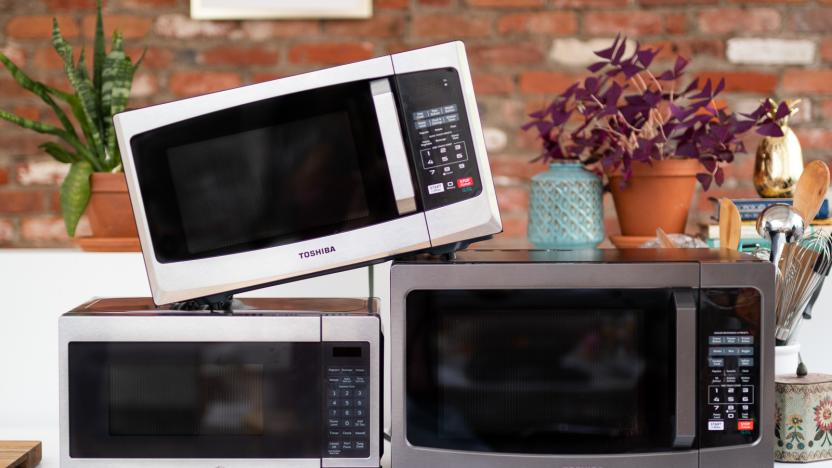
The best microwave
By Michael Sullivan, Tim Heffernan, Ganda Suthivarakom and Jessie Kissinger This post was done in partnership with Wirecutter. When readers choose to buy Wirecutter's independently chosen editorial picks, Wirecutter and Engadget may earn affiliate commission. Read the full microwave guide here. After more than 100 hours of research and testing—"baking" potatoes, cooking frozen mac and cheese, popping popcorn, and reheating beverages—we think that the Toshiba EM925A5A-BS is the best microwave for most kitchen counters. It's easy to operate, has a number of express cooking options that heat food quickly and evenly, and even has a mute button so you can cook in silence. The affordable Toshiba EM925A5A-BS microwave is simple to use, with a plainly labeled keypad and intuitive controls. It cooked popcorn, baked potatoes, and frozen mac and cheese perfectly every time, and its mute button—a rare feature that lets you stealthily reheat midnight snacks without waking your housemates. We also appreciated the express cooking option, which immediately starts the microwave with a press of one of the numbered buttons (from 1 to 6 minutes). A dedicated plus-30-seconds button helps further fine-tune cook times. The compact 0.9-cubic-foot Toshiba model is large enough to fit an 11-inch dinner plate or a 9-inch square casserole dish. It's also available in a stainless steel or black stainless steel exterior. The Toshiba EM131A5C-BS is best for anyone seeking out a slightly bigger, more powerful 1,100-watt microwave. It looks very similar to our main pick, the Toshiba EM925A5A-BS, but offers a few more express controls for specific tasks like cooking bacon, defrosting frozen muffins, and making oatmeal. It also has a Soften/Melt button for butter, chocolate, cheese, and marshmallows. However, we found these additional controls less intuitive to operate than what our other picks offer, and we don't think they'll get used often. This Toshiba also boasts a cooking sensor that's supposed to automatically determine when your pizza or potato is hot enough, but it didn't perform any better than the 0.9-cubic-foot Toshiba, which lacks this feature. The 1.2-cubic-foot Toshiba has a larger 12-inch turntable, so it will fit most dinner plates and a 9-inch square casserole dish. Like our main pick, this model is available in a stainless steel or black stainless steel exterior. For those looking to save space and money, we recommend the GE JES1072SHSS. This tiny 0.7-cubic-foot unit is about the size of a small toaster oven, but its turntable is only ¼ inch smaller in diameter than the 0.9-cubic-foot Toshiba microwave. That means it hogs less counter space but can still fit a 10¾-inch dinner plate or 9-inch square casserole dish. Like the small Toshiba, it has a user-friendly interface, express cooking controls from 1 to 6 minutes, and a mute button. It also has express cooking functions for popcorn, beverages, and potatoes, but not for other things like vegetables and pizza (functions our other picks include). At 700 watts, it doesn't heat as quickly as our other picks, but it's the best microwave we've tested in this size category.

Photokina 2018: What to expect
Starting on September 25th, camera obsessives will converge on Cologne for Photokina 2018, the world's largest camera show. This year has been the the busiest for cameras in a long while, with Nikon and Canon unveiling their much-anticipated Z6/Z7 and EOS R full-frame mirrorless cameras. That doesn't mean there won't be surprises and big launches, though. We might see some more full-frame mirrorless cameras, a new medium-format model and a lot more.
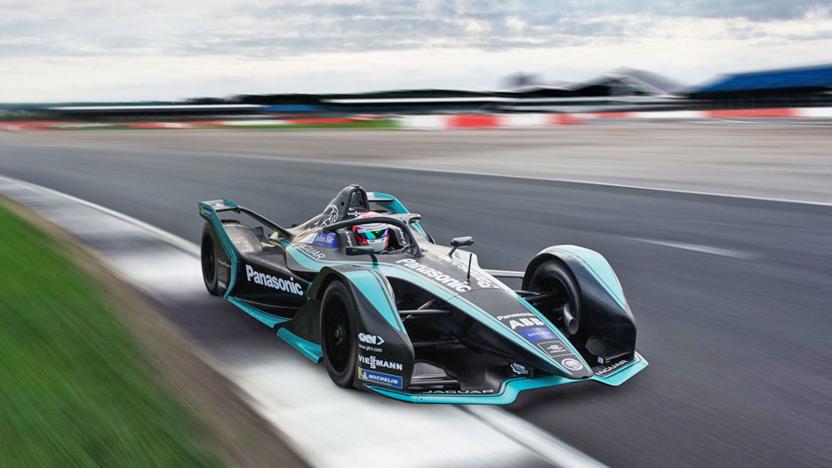
Jaguar's next-gen Formula E race car packs more power
The next wave of Formula E cars is finally trickling out, and it's clear they're considerably more exciting this season. Panasonic Jaguar Racing has unveiled the next generation of its racer, the I-Type 3, and it's a dramatic improvement even compared to Jag's last outing. The new machine is 25 percent more powerful than its predecessor without a significant change of weight, producing as much as 250kW (330HP) with a 0-62MPH time of 2.8 seconds. That's important when the league is introducing an "attack mode" that boosts the power to 225kW when a driver just has to overtake a rival.
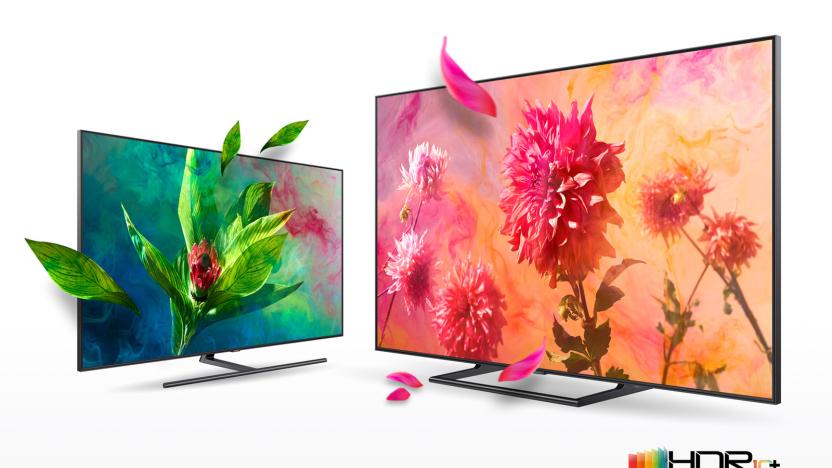
HDR10+ support comes to Samsung and Panasonic 4K TVs (updated)
Samsung's upstart HDR10+ format took a big step in its fight against Dolby Vision for HDR supremacy. The group announced that Panasonic and Samsung have deployed HDR10+ firmware to select 2018 4K TVs, and that 20th Century Fox will start encoding new films using the tech. That means if you buy a new 4K TV from Samsung or Panasonic, you'll soon be able to watch programs that look better than those encoded with regular HDR10.
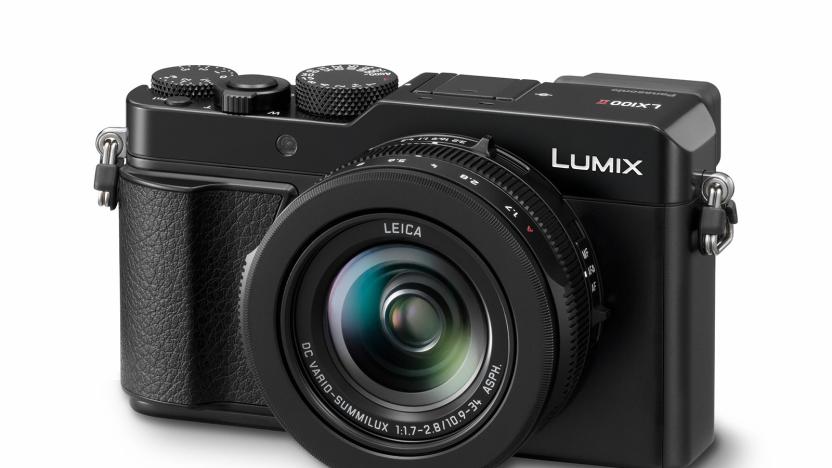
Panasonic's LX100 II gets a resolution boost and touchscreen
Panasonic has launched the Lumix LX100 II, a compact camera for photographers who might want a bigger sensor than on models like Sony's RX100 VI. The biggest change over the last model is a higher resolution 17-megapixel Four Thirds MOS sensor, a large boost over the 12.8-megapixel chip on the last model. It has much lower noise levels, even at high ISOs, meaning you can get clean shots at up to the maximum 25,600 ISO. It also gained a touchscreen, making it easier to manually set focus points, exposure and other functions.
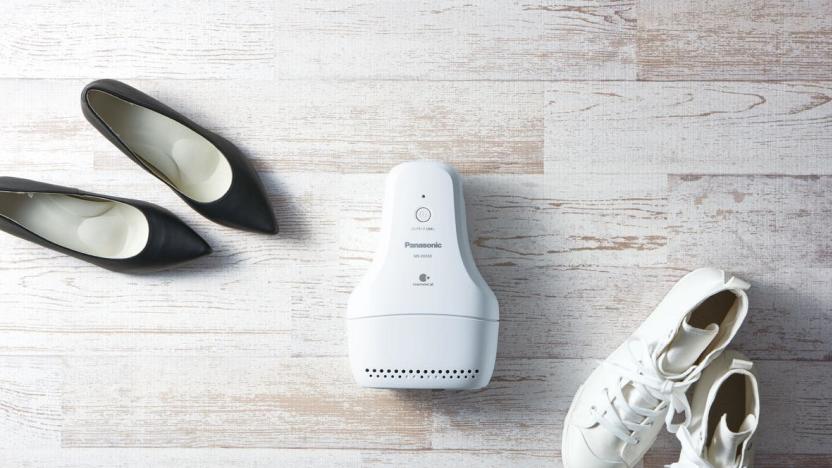
Panasonic's deodorizer freshens your shoes while you sleep
In a world where self-driving cars are taking to the roads and computers are having casual conversations with salon receptionists, it's easy to forget that many companies are still working hard on solutions for low-tech, everyday problems. Smelly feet, for example. You'd think we'd have that nailed by now, but as Panasonic's newest launch demonstrates, there's still a lot of innovation to be had in this arena. Forget simply slapping a couple of scented insoles into your kicks -- Panasonic, the brains behind the deodorizing coat hanger, wants the business of shoe deodorizing to be a tech experience.
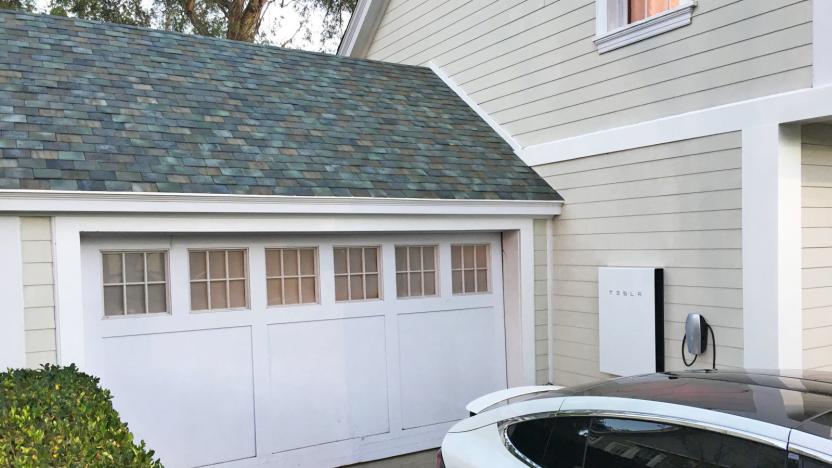
Tesla's production problems extend to its solar roof business, too
The production problems Tesla has faced with its Model 3 have been well documented. Now, sources say the company is facing similar issues with its solar roof tile initiative. According to Reuters, former and current employees have revealed that assembly line problems, plus CEO Elon Musk's exacting aesthetic demands, has delayed production, causing tension with partner Panasonic, and rattling officials that are keen to see a return on significant state investment.
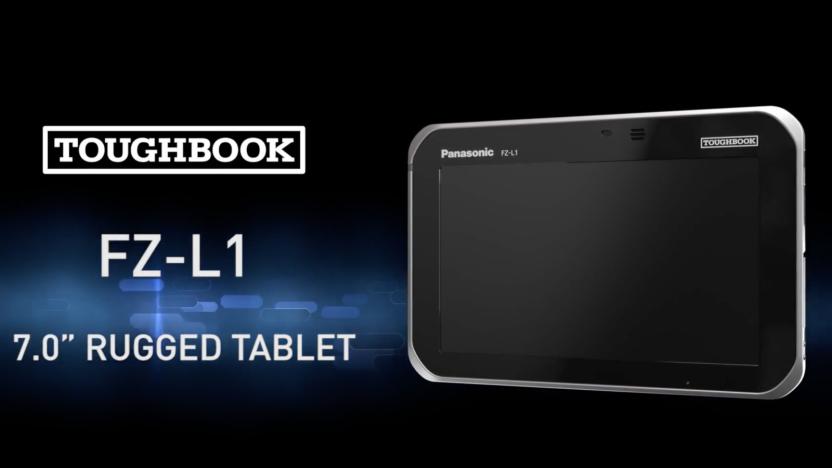
Panasonic's Android Toughbooks can swap batteries on the fly
Panasonic has launched two new handheld Toughbooks for the workplace, and in addition to being rugged, they also have removable batteries. To be precise, the company says their batteries are "warm swappable," which likely means they can be replaced without rebooting the devices. The Toughbook T1 phone has a 5-inch display and runs Android 8.1 Oreo -- it's obviously a lot chunkier than other phones on the market, but that's to be expected for something that's part of Panasonic's range of rugged devices. The Toughbook L1, on the other hand, is a 7-inch tablet, which also runs Android 8.1 and is protected by thick corners and bezel to make it drop-resistant.

Honda will use electric bikes to test swappable batteries
Honda has teamed up with Panasonic to start testing the swappable rechargeable batteries it debuted at CES this year. The partners are bringing Honda's Mobile Power Packs to Indonesia, where they'll be used to power electric mobility products, particularly electric bikes. Indonesia is the third largest motorcycle market in the world after India and China, and its government has been thinking of ways to reduce traffic and pollution brought by the rise of the two-wheeled vehicles. One of the solutions it came up with is to encourage the adoption of electric-powered vehicles, making the country one of the best places to test the batteries.
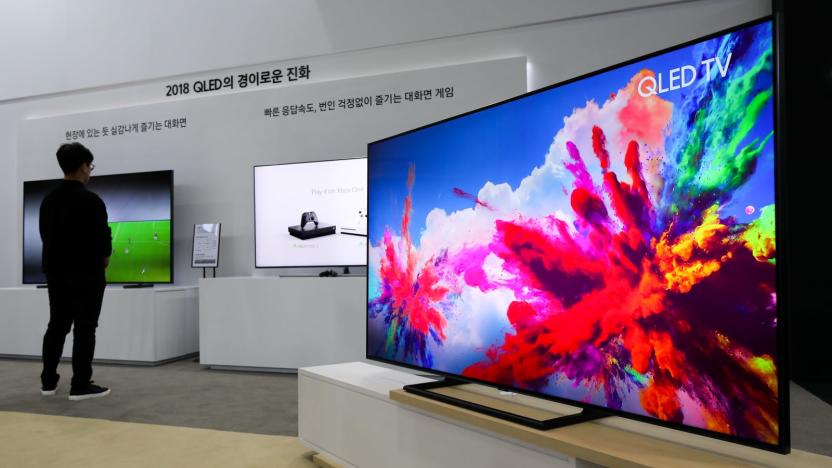
HDR10+ is one step closer to reaching your TV
Samsung, Panasonic, 20th Century Fox and Amazon are one step closer to giving Dolby Vision a run for its money. Companies now have easy access to the open, royalty-free HDR10+ standard thanks to a just-launched program that lets manufacturers prove TVs, monitors and other devices can handle the upgraded picture format. If the firms pass muster, they can slap an HDR10+ logo on their hardware to guide customers. The alliance didn't immediately line up partners that would go through this process, although it's safe to presume that Samsung and Panasonic will be first in line.

'Digital Key' standard uses your phone to unlock your car
You can already use your smartphone as a car key if you own the right vehicle (just ask Tesla Model 3 owners). There hasn't really been a common standard for it, though, and that has hurt adoption -- you can't guarantee that you'll have phone access if you switch brands, or even individual models. You might soon have a solution. The Car Connectivity Consortium, a mix of major smartphone and automotive brands, has posted a Digital Key 1.0 standard (PDF) that will let you download (what else?) a virtual key that can unlock your vehicle, start the engine and even share access with other drivers.
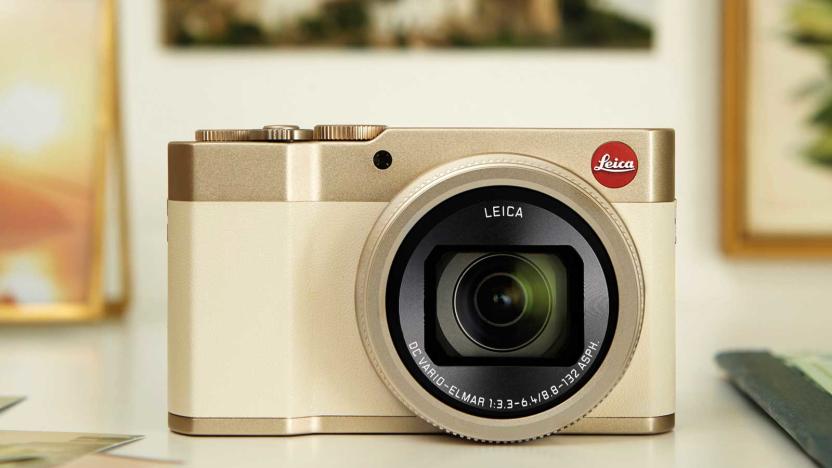
Leica C-Lux brings style to long-zoom compact cameras
When you think of compact cameras with long-zoom lenses, "fashionable" probably doesn't come to mind. They tend to be very utilitarian devices where looks take a backseat to the optics you need for a dramatic vacation shot. Leica wants to change that: it's introducing a new C-Lux camera that gives the category some flair. It's ultimately a reskinned Panasonic Lumix ZS200, but that's not necessarily a bad thing. The C-Lux combines the ZS200's 15x (24-360mm equivalent) f/3.3-6.4 lens and 1-inch, 20.1-megapixel sensor with a considerably posher design in an attention-grabbing "Light Gold" or a more sober "Midnight Blue." This is a camera that wouldn't look out of place at a classic car show or a polo match.
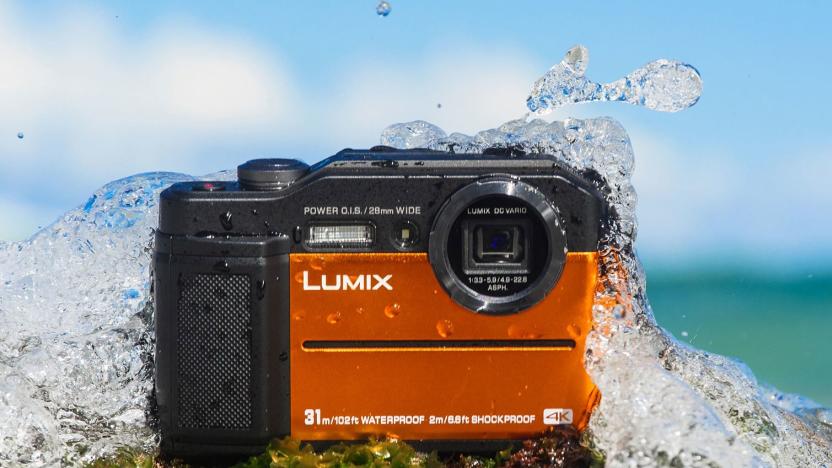
Panasonic's rugged 4K FT7 compact has a built-in EVF
Panasonic has unveiled one of the first, if not the first ruggedized compact cameras with a built-in electronic viewfinder (EVF), the Lumix FT7 (the TS7 outside of North America). It packs a fairly high-resolution 20.4-megapixel back-side illuminated CMOS sensor and a reasonably fast and long f/3.3-5.9, 28-128mm equivalent (4.6X) lens. Most importantly for action fans, it can take a fall from 6.6 feet and is waterproof down to 102 feet.

Panasonic SC-GA10 review: A smart speaker that fails to stand out
Alexa and Google Assistant have been taking over homes for a few years now, so it's probably easier to name the companies that haven't made a smart speaker. The options are seemingly endless. Audio gear that harnesses a virtual assistant comes in all shapes and sizes, with some making big claims about the quality of sound they get out of such small devices. Panasonic is doing just that with its $250 SC-GA10; however, the company's promise of "premium hi-fi sound" failed to make a lasting impression.
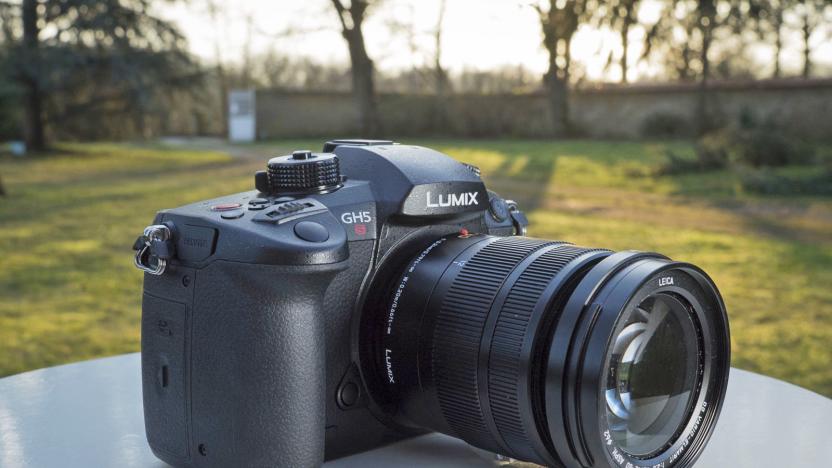
How to buy a high-end camera in 2018
When photography or filmmaking becomes a consuming passion or a career rather than a hobby, you might look longingly at fancier equipment. Luckily, "enthusiast" cameras have edged so close to professional gear that there's no need to spend $4,000-plus for models like the Sony A9, Canon EOS 1DX Mark II, Hasselblad X1D or Nikon D5. For considerably less, you can pick up Sony's A7 III, the Nikon D850 or, for videographers, Panasonic's GH5s -- and get performance that's nearly as good. But which suits you specifically? We're here to help.
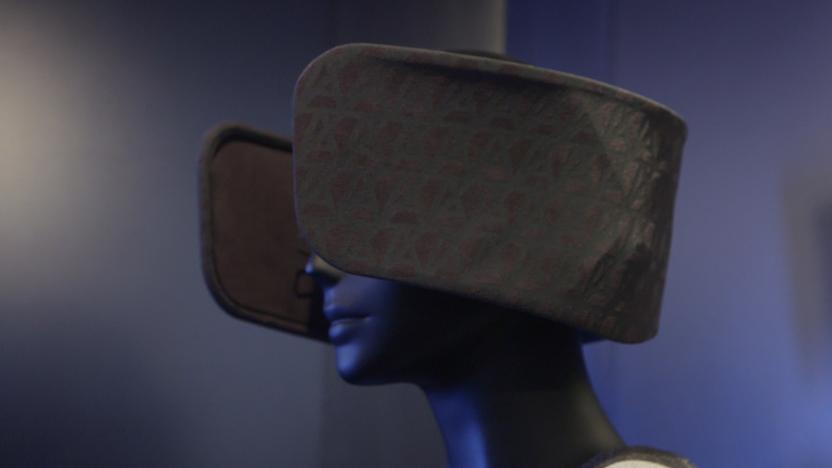
Panasonic designed blinders for the digital age
There could be a whole category of recent devices labeled "technology to keep you from being distracted by technology." From "dumb phones" to revivals of Ektachrome film, the same companies that contribute to our digital exhaustion are trying to provide the answer with ... more tech. Enter Wear Space, a prototype we spotted at Panasonic's SXSW exhibition. A collaboration with Japanese fashion designer Kunihiko Morinaga, it embeds noise-cancelling headphones in what's basically a glorified horse blinder. The idea is to keep you focused when working in open spaces like coffee shops or communal co-working spots.
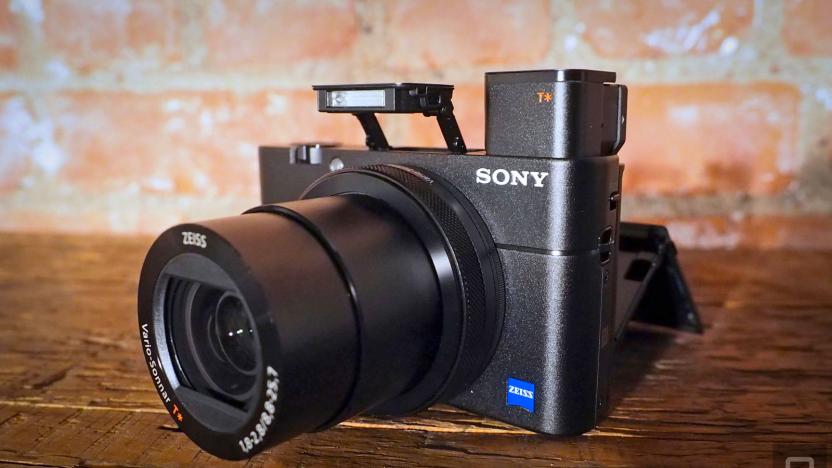
The best cameras under $1,000
Enthusiast cameras like Sony's A7R III, the Nikon D850 and Fujifilm's X-H1 get a lot of attention. The good news is that nowadays, you can spend less than $1,000 for a camera body and get almost as much as you would with a model with three times the price. Cameras like Nikon's D5600, the Sony A6300 and Fujifilm's X-T20 handle both photos and video superbly. As you'd expect, though, each model has a different combination of strengths and weaknesses. This guide is meant to help you figure out which best fits your needs.

Panasonic’s GH5s is perfect for video shooters and no one else
Panasonic was the first company to embrace mirrorless camera video, with the GH1, helping to change the way low-budget movies could be made. Finally, videographers had a (reasonably) large sensor camera that could handle autofocus, external microphones and 1080p video. The company raised the bar with each subsequent model, introducing 4K video with the GH4 and internal 10-bit 4K with the GH5. With the launch of the GH5s, however, Panasonic made a gutsy move by launching a mirrorless camera that prioritizes video in a way that none of its rivals have. As a fan of large-sensor video, I was curious to test it out, especially for low-light shooting. My conclusion? It produces the best video of any mirrorless camera on the market. But many folks considering it -- like documentary makers, event videographers and vloggers -- will likely prefer the GH5, which has built-in stabilization and costs $400 less.
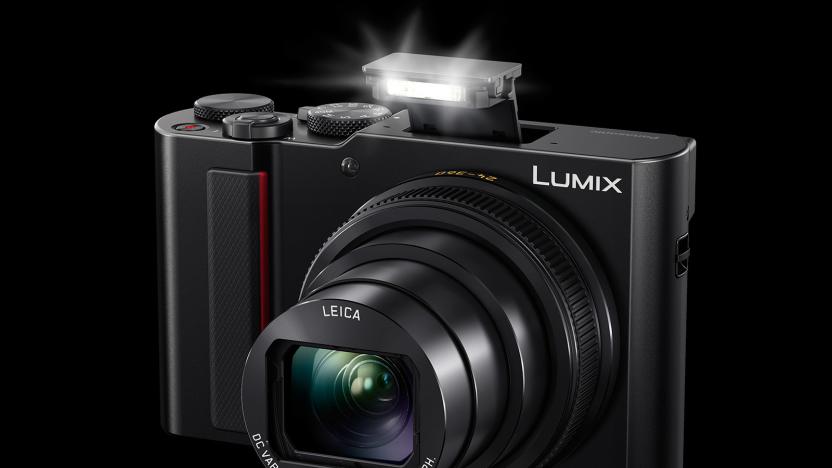
Panasonic's ZS200 compact camera doubles down on zoom
Along with the all-new GX9, Panasonic launched the ZS200 compact superzoom, a successor to the excellent ZS100. The new model hasn't massively changed, as it still offers a 1-inch, 20.1 megapixel sensor, 5-axis stabilization, 4K, 30 fps video and more. However, there's enough new stuff there to make it interesting. Mainly, the Leica-built zoom lens has an increased range of 24-360x, compared to 25-250x (35mm equivalent) for the last model, albeit at a loss in aperture speed from f/2.8-5.9 to f/3.3-6.4.

Panasonic's GX9 packs 4K video and more into a tinier body
Panasonic's Lumix GX8 flagship compact was already a pretty innovative camera back in 2015 with 4K video, stabilization and a relatively high resolution 20.3-megapixel sensor. The next generation Lumix GX9 builds on that tech, but lowers the price and fits it into a new body borrowed from the GX85. That's a good thing -- the GX85 is a nice-looking, very compact camera with physical dials, and the GX9 brings its bigger sensor, tiltable electronic viewfinder (EVF) and other nice perks.





